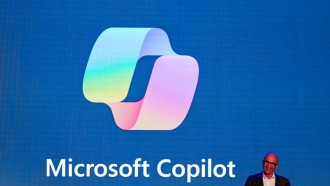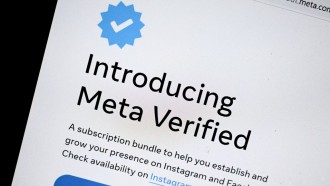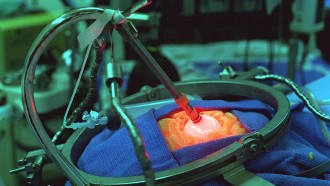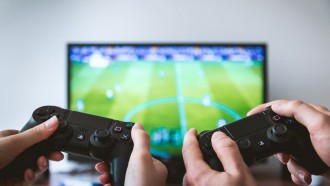Have you ever wondered what the voice of the telephone inventor sounded like?
An unplayable recording of Alexander Graham Bell was found by Smithsonian Institution researchers in 2013 at the National Museum of American History. This fall, the Smithsonian's National Museum intends to start the process of recovering Bell's early recordings.
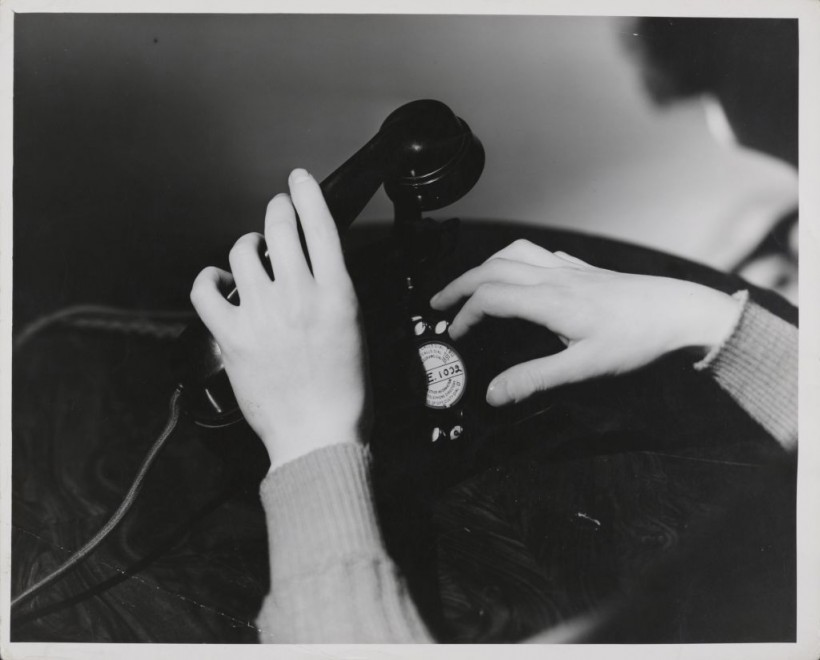
(Photo : Hulton Archive/Getty Images)
Telephones:, A dial handset.
The work has also received private funding through an initial grant from Save America's Treasure program, as reported first by Interesting Engineering.
The researchers will be able to concentrate on a plethora of recordings made by Graham Bell and his associates at the Volta Laboratory in Washington and at Bell's farm in Baddeck, Nova Scotia, with further assistance from Linda and Mike Curb and Seal Storage Technology.
Volta Laboratory
Volta Laboratory was renowned for its significant contributions in the field of media, broadcast, music, and the preservation of several endangered languages thanks to its ethnographic studies.
The telephone was invented by Alexander Graham Bell, who was born in Scotland in 1847. He received approval to patent his creation on March 7, 1876. He instantly created history by calling his lab assistant on the phone for the first time.
The existence of advanced smartphones and other gadgets today can all trace their baby steps from Bell's invention.
The sound from 20 experimental recordings made at the Volta Laboratory over the previous few years has been recovered by experts, including the rare recordings of Bell. The remainder of the collection will be the focus of the new project.
The cardboard-and-wax discs made by Bell and his collaborators, which were formerly regarded as "mute artifacts," are now being translated, according to Carlene Stephens, curator at the National Museum of American History, who doubted whether the discs would ever be heard.
Read Also: NASA's Perseverance Rover Records Mars' Soundscapes - Martian Playlist Available for Listening!
New Technique
However, a new technique has been developed, erasing any scratches or damage that could impede the recovery, largely through the efforts of museum professionals, the Library of Congress, and the Lawrence Berkeley National Laboratory.
The team converted the voice recording into a digital file using software that made it possible for a century-old recording to be finally audible.
Employees at Berkeley Lab invented the optical technique used in the sound recovery procedure in 2002. This method produces a high-resolution digital map of a disc or cylinder, and it has been developed over the years in collaboration with the Library of Congress and other institutions.
To reproduce the audio data and generate a common digital sound file, the program calculates the movement of the stylus across the grooves of the virtual record.
"In the process, we have gained a new way to understand the past-not just by looking at documents, but also by listening to them," reads the website of the recordings.
For additional in-depth details on the Museum's Volta laboratory collection, you check out the online display here.
Related Article: NASA Releases Black Hole Sonification Remix - Available for Listening

